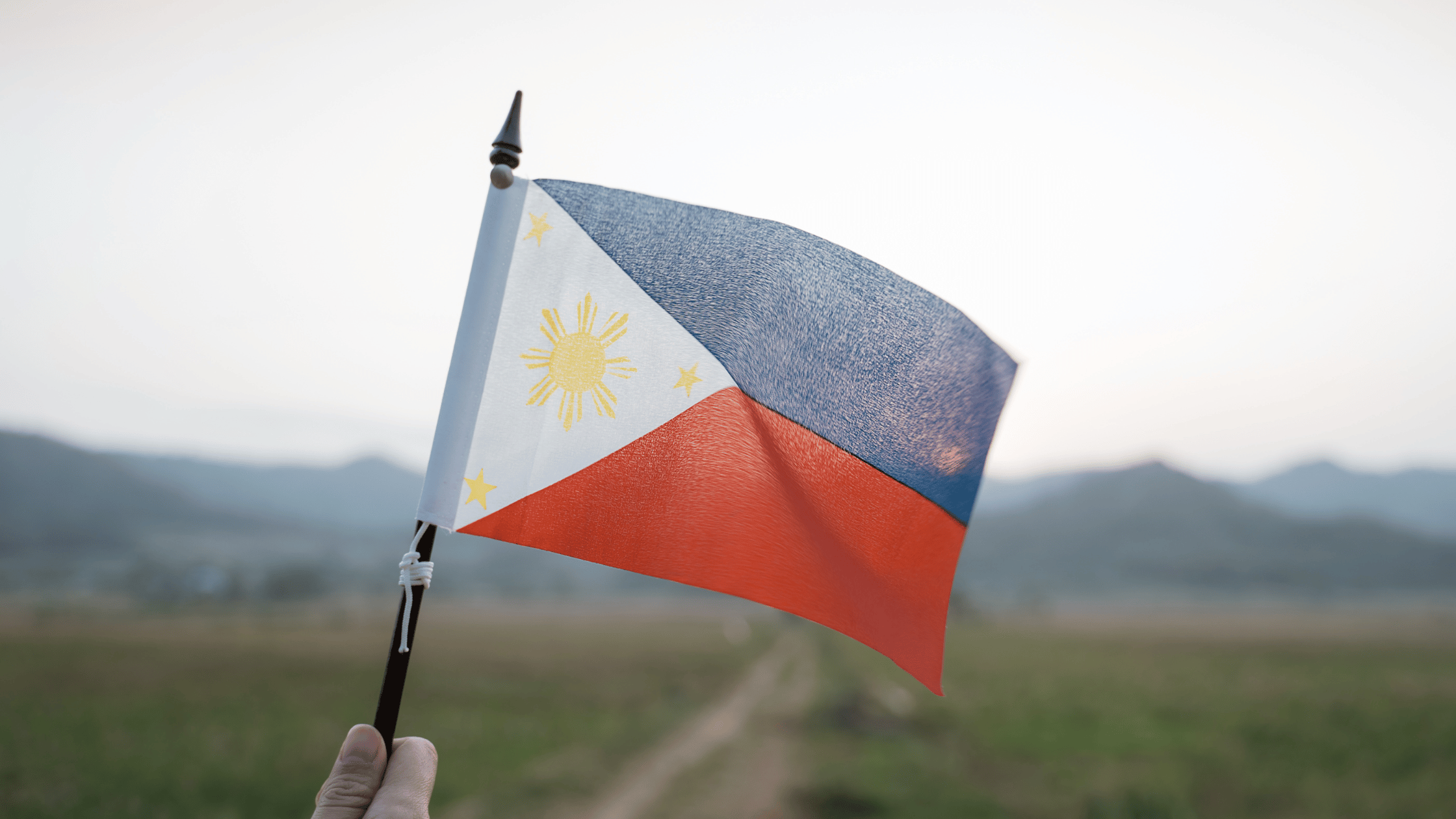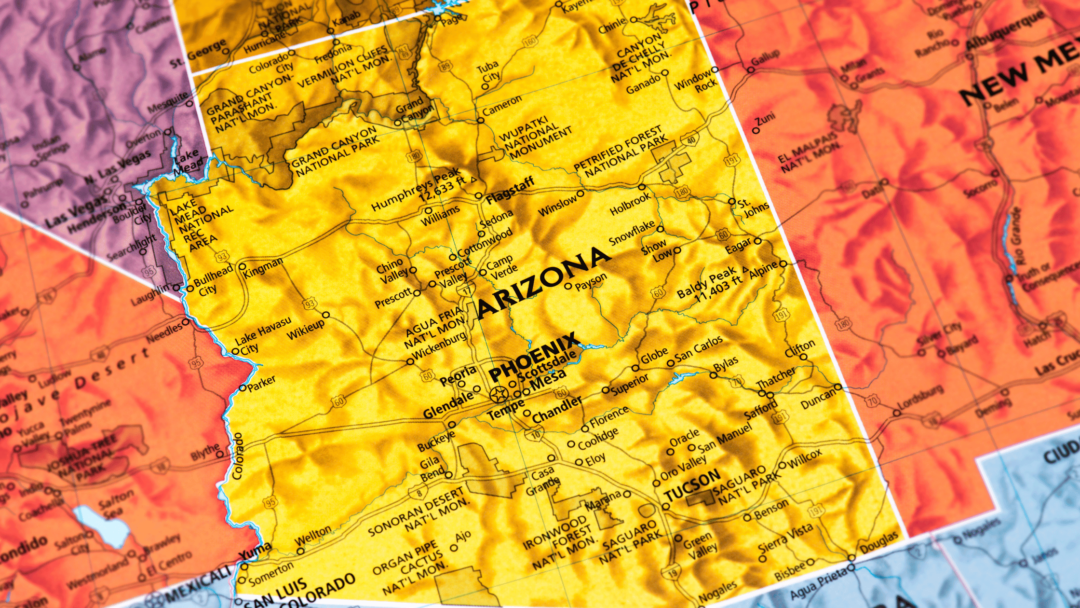Exploring the most popular hobbies in the Philippines offers a unique way to understand the country’s rich history and vibrant culture.
Whether you’re interested in gaming, cooking, or photography, there’s a wide variety of activities that reflect the diverse interests of Filipinos.
Gaming, both digital and analog, stands out as a favorite pastime, engaging many people across different age groups.
You can find enthusiasts playing video games, board games, and card games throughout the country.

Another way to experience Filipino culture is through arts and crafts, which showcases the nation’s creativity and heritage.
Traditional handicrafts such as weaving, pottery, and wood carvings are not only beautiful but also hold significant cultural value.
You can explore and purchase these unique items in various markets in Manila and other key cities, making it a great opportunity to support local artisans and immerse yourself in the traditions of the Philippines.
Cooking and eating are also integral parts of Filipino life. Trying local delicacies like lechon or visiting a market to buy fresh ingredients can be a delightful experience.
Each dish tells a story of the country’s history and the influences that have shaped its cuisine.
Traveling within the Philippines to explore these culinary delights and other hobbies offers a window into the daily lives and values of its people.
Cultural Tapestry and Historical Influences

The culture of the Philippines is a vibrant blend of influences, deeply rooted in its historical and cultural experiences. Spanish colonization has left a lasting impact, alongside the amalgamation of global and indigenous customs.
Reflections of Spanish Colonization
Spanish colonization shaped many aspects of Filipino life, from language to religion. Over 300 years of Spanish rule introduced Catholicism, which remains the dominant religion today. Churches like San Agustin and Paoay stand as architectural testaments to this influence.
The Spanish brought festivals such as Fiesta, which celebrates patron saints. These are observed with processions, dances, and feasts, reflecting the rich tradition and unity of communities.
In addition to tangible influences, the Spanish period fostered the development of familial and social customs. The use of po and opo, for example, denotes respect and humility when addressing elders, a practice rooted in Spanish etiquette.
Fusion of Global and Indigenous Customs
The Philippines is a cultural mosaic that blends indigenous customs with influences from around the world. Pre-colonial traditions such as the Babaylan spiritual practices, weaving, and martial arts like Arnis coexist with modern global trends.
The country’s participation in international trade brought Chinese, Indian, and later American influences. Dishes like pansit and siopao from Chinese cooking are now Filipino staples.
Similarly, American colonization introduced English as a secondary language and popularized basketball and fast food culture.
These global influences did not overshadow indigenous beliefs and practices. Festivals like the Ati-Atihan and Sinulog have indigenous roots but now integrate various cultural elements, making them unique to Filipino identity. This fusion showcases the Philippines’ capacity to preserve and adapt its rich tradition amidst external influences.
Vibrant Festivals and Dance

The Philippines is renowned for its vibrant festivals and rich dance traditions. These cultural expressions showcase the unique blend of indigenous, Spanish, and modern influences that shape Filipino identity.
Ati-Atihan and Pahiyas: Festivals of Colors and Faith
The Ati-Atihan Festival in Kalibo, Aklan, is often considered the mother of all Philippine festivals. Celebrated in January, the festival features tribal dance, music, and participants painted in black with traditional costumes. It honors the Santo Niño (Holy Child) and pays homage to the indigenous Ati people.
The Pahiyas Festival in Lucban, Quezon, held every May, is a colorful celebration of thanksgiving for a bountiful harvest. Houses are adorned with vibrant decorations made from agricultural products like rice, fruits, and vegetables. The event also includes traditional music, parades, and the showcasing of local cuisine.
Traditional Dances: From Tinikling to Modern Interpretations
Tinikling is one of the Philippines’ most popular traditional dances. It involves two people rhythmically beating, tapping, and sliding bamboo poles on the ground while dancers skillfully step in and out of the moving poles. The dance mimics the movements of the tikling bird and is a staple in cultural presentations.
Modern interpretations of traditional dances incorporate contemporary elements, making them popular in schools and cultural events.
For example, the fusion of hip-hop and folk elements in performances adds a fresh twist to age-old practices, ensuring that traditional dances remain relevant and exciting for younger generations. This blending of old and new highlights the dynamic nature of Filipino cultural expressions.
Popular Sports and Outdoor Activities

Sports and outdoor activities in the Philippines offer a blend of community engagement and individual leisure. Basketball takes center stage across the nation, while hiking and beach outings appeal to nature enthusiasts.
Basketball: A National Obsession
In the Philippines, basketball isn’t just a sport; it’s a cultural phenomenon that unites communities.
Courts can be found in almost every neighborhood, from urban centers to rural villages. The Philippine Basketball Association (PBA) is the premier professional league, drawing huge crowds and fierce fan loyalty.
Amateur leagues and street games are commonplace, allowing everyone to participate regardless of age or skill level.
Schools and universities also have their own competitive teams, making basketball a major part of school life.
Public courts are often full, with games running from dawn till dusk.
This communal atmosphere fosters friendships and healthy rivalry. Whether you’re a spectator or a player, you’ll find that basketball creates a sense of belonging and excitement that’s hard to match.
Nature’s Call: Hiking and Beaches
For those who prefer immersing themselves in nature, the Philippines provides an abundance of hiking trails and pristine beaches.
Known for its volcanic landscapes and tropical climate, the country offers a variety of hiking experiences that range from easy to challenging.
Popular destinations include Mount Pulag and Mount Apo, where you can witness breathtaking views and diverse wildlife.
These hikes provide not just a workout but also a chance to disconnect from daily stress and reconnect with nature.
Beaches like those in Palawan and Boracay offer an idyllic escape.
Activities such as snorkeling, diving, and kayaking are popular. The crystal-clear waters teeming with marine life make for unforgettable underwater adventures.
Whether you’re on a beach lounging under the sun or exploring hiking trails, the outdoor options here are vast and varied.
Check out our full post of Outdoor Hobbies for more great hobby ideas to spend time in the great outdoors.
Artistic Pursuits and Creative Expression

In the Philippines, creative expression is deeply embedded in cultural traditions.
You will find that activities such as painting, ceramics, weaving, and other handicrafts are not only popular but also serve as a means of preserving and showcasing Filipino heritage.
Visual Arts: Painting and Ceramics
Filipino painting often reflects the country’s diverse history and vibrant culture. Artists use various techniques and mediums, creating works that range from traditional scenes to contemporary abstracts.
Painting is a common hobby that you might find many Filipino youth and adults engaging in, whether formally trained or self-taught.
Ceramics is another prominent art form in the Philippines.
Pottery and ceramic arts are often linked to ancient traditions. You can see practical and decorative items crafted meticulously from clay, sometimes featuring indigenous motifs or influenced by colonial styles.
These items don’t just serve domestic uses but are also highly valued in local and international art markets.
Crafting Traditions: Weaving and Handicrafts
Weaving is a vital part of Filipino culture, often passed down through generations.
Indigenous groups, such as the Ifugao and the T’boli, are well-known for their intricate weaving techniques. You may notice weaves in traditional garments, accessories, and even modern fashion items.
Handicrafts in the Philippines include a wide variety of items from bamboo furniture to intricate jewelry made from natural materials like mother-of-pearl and seashells.
Handicraft markets, especially in urban hubs like Manila, are excellent places to explore and purchase these unique items. Crafting not only supports local artisans but also offers a fulfilling and creative hobby for many Filipinos.
Culinary Delights and Social Gatherings

In the Philippines, culinary traditions and social gatherings go hand in hand. The rich flavors of Filipino cuisine and communal activities like karaoke and barrio fiestas make for unforgettable cultural experiences.
Celebration of Flavors: Filipino Cooking and Boodle Fight
Food is a vital aspect of Filipino culture, with each region offering its unique flavors.
One notable tradition is the boodle fight, where food is served on banana leaves and eaten with bare hands. It promotes a sense of camaraderie and equality.
Adobo, lechon, and sinigang are staple dishes that often feature in these gatherings.
Respect for elders is observed, with older family members often served first.
The boodle fight is a fun, informal way to celebrate life’s moments, perfect for social media-worthy photos.
Karaoke and Barrio Fiesta: Communal Joy
Karaoke is ubiquitous in the Philippines, seen as a way to bond with friends and family.
You’ll find karaoke machines almost everywhere, from homes to public spaces.
Barrio fiestas are community events where neighborhoods gather to enjoy food, games, and music.
These lively festivals foster community spirit and showcase local talents.
Participants often share meals, dance, and partake in various traditional activities, creating a vibrant social atmosphere.
Entertainment and Leisure in the Digital Era

The digital era has transformed how Filipinos engage with entertainment and leisure. Gaming, e-sports, and the film industry have seen significant growth, impacting popular culture and audience experiences in profound ways.
Gaming and E-Sports: Digital Engagement
Gaming and e-sports have become major pillars of entertainment in the Philippines.
With the rise of high-speed internet and affordable gaming devices, more Filipinos are participating in video games.
Titles like Mobile Legends and Dota 2 dominate the gaming scene. They bring together communities through both casual play and competitive tournaments.
These digital platforms offer not only entertainment but avenues for social interaction.
Social media channels are flooded with content from gaming influencers, live streams, and community interactions, making gaming a deeply integrated part of everyday life.
E-sports tournaments draw large audiences and significant investments, contributing to the growth of the industry.
The Film Industry and Its Cultural Impact
The Philippine film industry continues to be a cornerstone of popular culture.
Local cinema, with its rich history dating back to the early 20th century, now benefits from digital technologies in production, distribution, and promotion.
Studios such as Star Cinema and GMA Films produce movies that resonate with local audiences. Meanwhile, independent filmmakers explore diverse narratives that reflect Filipino life and values.
Digital platforms like Netflix and iWantTFC expand the reach of Filipino movies, allowing them to gain international viewership.
The impact of popular films on local culture is significant, influencing fashion, language, and even social norms.
The proliferation of film festivals also provides a platform for showcasing homegrown talent and storytelling.
Traveling and Natural Exploration

Traveling through the Philippines offers a unique blend of historical richness and natural beauty.
Highlights include the colonial charm of Vigan and the stunning coastal vistas of El Nido.
Picturesque Destinations: Vigan and El Nido
Vigan, located in the province of Ilocos Sur, is known for its well-preserved Spanish colonial architecture.
As you walk through the cobblestone streets of Calle Crisologo, you’ll encounter ancestral houses that are now museums, shops, and cafes.
The historic charm extends to the St. Paul Metropolitan Cathedral and the Syquia Mansion, providing a deep dive into the country’s colonial past.
Vigan’s vibrant streets and preserved structures make it an unparalleled destination for history buffs and architecture enthusiasts.
El Nido, situated in Palawan, is famous for its dramatic limestone cliffs, crystal-clear waters, and stunning lagoons.
Whether you’re kayaking in Big Lagoon, diving in the Bacuit Archipelago, or simply relaxing on Secret Beach, El Nido offers an abundance of activities that let you explore its natural wonders.
The area is perfect for those passionate about marine life, snorkeling, and beach hopping, making it one of the most sought-after spots for nature lovers.
Photography: Capturing the Majesty of the Philippines
Photography enthusiasts will find no shortage of subjects in the Philippines.
From the historical streets of Vigan to the breathtaking seascapes of El Nido, the country offers a variety of settings that are perfect for capturing both cultural and natural beauty.
In Vigan, the mix of heritage structures and bustling local life offers endless opportunities for street photography.
El Nido, with its clear waters and stunning sunsets, is a paradise for landscape photography.
Whether you’re photographing the towering limestone cliffs or the vibrant coral reefs, the area provides a rich array of visual experiences.
For the best shots, try to visit during the golden hours of sunrise and sunset when the light adds an extra layer of magic to your scenes.
Frequently Asked Questions

In this section, you will find answers to questions about popular hobbies and cultural practices in the Philippines.
You’ll learn about traditional activities, historical influences, and unique aspects of Filipino culture.
What are the common leisure activities in Filipino culture?
Filipinos engage in a variety of leisure activities such as singing karaoke, playing basketball, and dancing.
Family gatherings are common, often accompanied by games and shared meals. Street food hopping is another popular pastime.
Can you outline some traditional hobbies specific to the Philippines?
Traditional hobbies include basket weaving, wood carving, and pottery.
Many people also practice folk dances like the Tinikling. These activities are often tied to local festivals and community events.
How have historical influences shaped popular hobbies in the Philippines?
Colonial history has introduced foreign elements into Filipino hobbies.
Spanish influence brought fiestas and religious processions, while American rule introduced basketball. Indigenous practices have blended with these influences to create unique cultural expressions.
What sports are widely followed and played in the Philippines?
Basketball is the most popular sport in the Philippines, followed closely by boxing.
Volleyball and badminton also have significant followings. The country has produced world-class athletes like Manny Pacquiao.
What cultural practices are reflected in Filipino hobbies and pastimes?
Filipino hobbies reflect strong communal values and a rich cultural heritage.
Kamayan feasts, for instance, involve communal eating using hands. Festivals like Sinulog showcase traditional dances and costumes, emphasizing the importance of community and tradition.
What are some unique and interesting aspects of Philippine culture?
Unique cultural aspects include vibrant festivals and handicrafts. The Filipino value of “bayanihan,” or community spirit, is evident in many cultural practices and hobbies.
This sense of unity and cooperation is central to the Filipino way of life.





